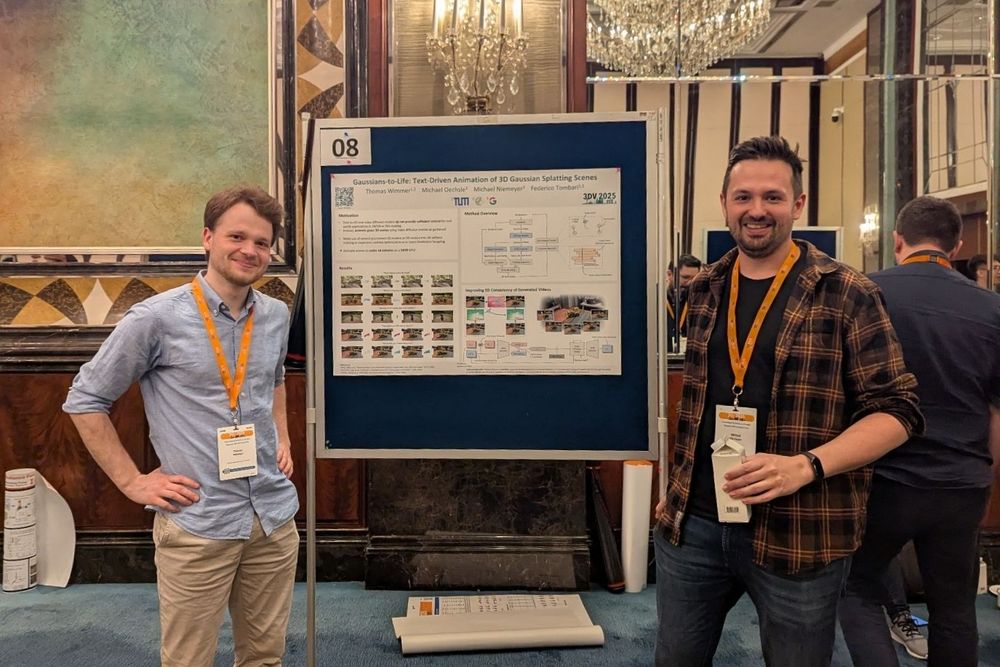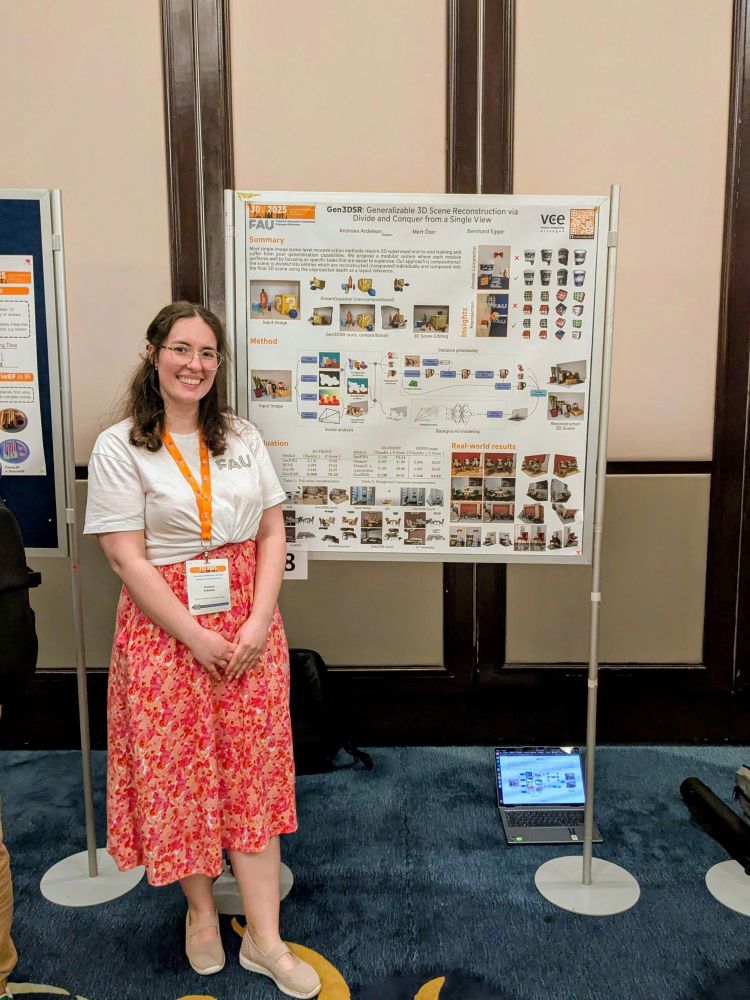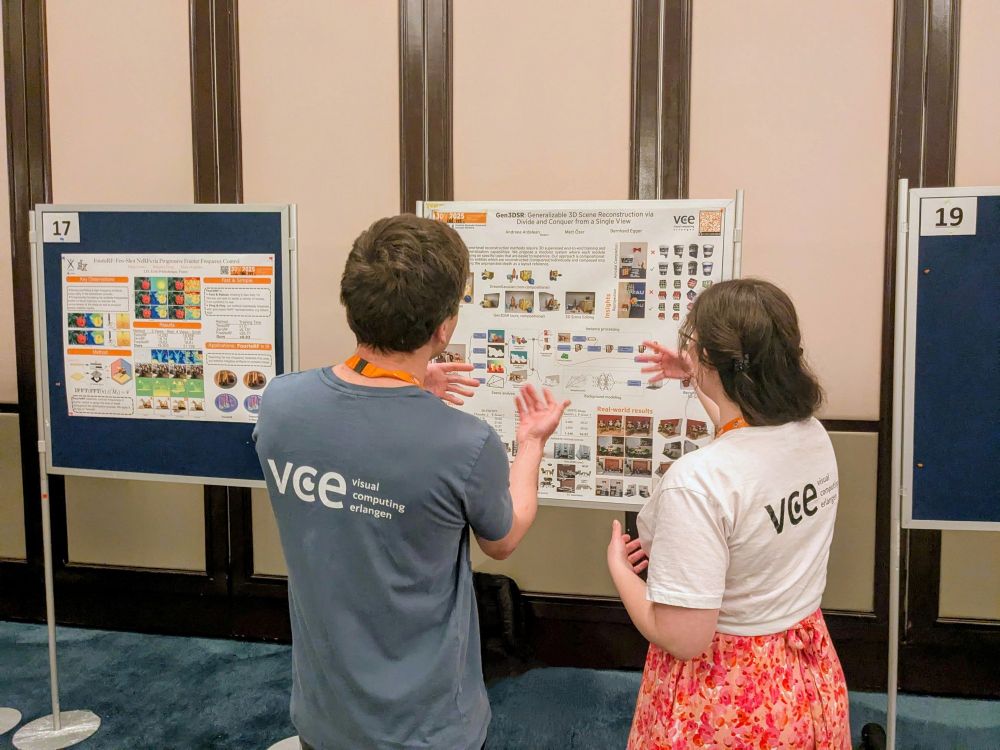Florian Hahlbohm
@fhahlbohm.bsky.social
76 followers
77 following
19 posts
PhD student, Computer Graphics Lab, TU Braunschweig.
Radiance Fields and Point Rendering.
Webpage: https://fhahlbohm.github.io/
Posts
Media
Videos
Starter Packs
Pinned
Reposted by Florian Hahlbohm
Reposted by Florian Hahlbohm
Reposted by Florian Hahlbohm
Florian Hahlbohm
@fhahlbohm.bsky.social
· Mar 10
Reposted by Florian Hahlbohm
Reposted by Florian Hahlbohm
Dmytro Mishkin
@ducha-aiki.bsky.social
· Jan 23
Florian Hahlbohm
@fhahlbohm.bsky.social
· Dec 25
Reposted by Florian Hahlbohm

















